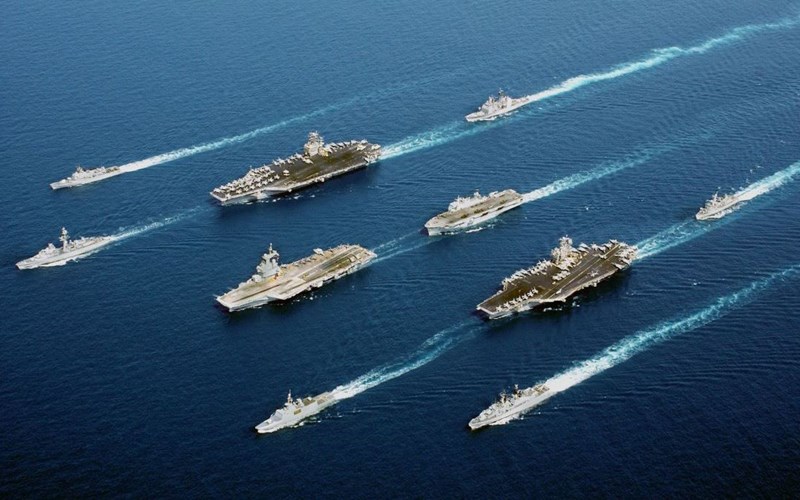On January 20, the Congressional Research Service (CRS) released a report entitled “China Naval Modernization: Implications for U.S. Navy Capabilities — Background and Issues for Congress.” CRS is a public policy research institute responsible for providing comprehensive and reliable research and analysis to members of Congress, their committees, and members of their staff.
American Family News spoke to Capt. James Fanell, a former director of intelligence and information operations for the U.S. Pacific Fleet. He describes the report as a “comprehensive and penetrating examination” of China’s People’s Liberation Army-Navy, which is commonly referred to as PLAN.
“While the report relies exclusively on open-source, unclassified information,” Fanell contends, “it still is the most authoritative assessment of the PLAN that can be viewed by the public.”
Fanell explains that “the report examines PLAN modernization [and other issues] to help Congress determine whether or not the navy and nation are correctly responding to the PLAN’s capabilities and operations.”
According to the author of the report, “China’s military modernization effort, including its naval modernization effort, has become the top focus of U.S. defense planning and budgeting.”
 “The report provides important insights into the latest developments in the PLAN’s modernization,” the retired naval officer says, “and highlights how these improvements directly impact the ability of the U.S. Navy to be able to deter or fight a war at sea in the Indo-Pacific.”
“The report provides important insights into the latest developments in the PLAN’s modernization,” the retired naval officer says, “and highlights how these improvements directly impact the ability of the U.S. Navy to be able to deter or fight a war at sea in the Indo-Pacific.”
The PLAN modernization effort has been underway for 25 years, and Fanell points out, “[the Chinese regime] now has the biggest naval force in the Indo-Pacific, surpassing the U.S. Navy in total number of battle force ships.”
In addition to having the largest navy in the world, with a battle force of approximately 355 platforms, Fanell states the PLAN warships are “comparable to western navies in force.”
According to the U.S. Department of Defense, “as of 2020, the PLAN is largely composed of modern multi-role platforms featuring anti-ship, anti-air, and anti-submarine weapons and sensors.”
By 2025, the PLAN’s battle force is expected to increase to 420 ships by 2025 and 460 ships by 2030.

Like other defense analysts, Fanell admits he is alarmed by the naval ship and submarine building program of the People’s Republic of China (PRC) and “how these increasing capabilities impact the naval balance of power in the Indo-Pacific and the peace and security of the region.”
While the report steers clear of making any "subjective assessments,” Fanell suggests, “the raw data makes it clear that the Chinese Communist Party has built the PLAN to be able to fight and win a war-at-sea against the U.S. Pacific Fleet.”
According to Fanell, who spent nearly a 30-year career focusing on the Chinese navy and its operations as it pertains to Indo-Asia Pacific security affairs, the U.S. government has “ignored this threat for too long” and therefore the threat to the safety of U.S. Navy sailors and ships “has never been greater" than right now.
"Given the 25-year naval modernization of the PLAN, he concludes, the U.S. Navy has lost a position of “distinct advantage” in the Asia Pacific region where the PRC has “distinct advantages” in anti-ship cruise missiles and anti-carrier ballistic missiles.







